Working from home has both its challenges and its benefits. One of the latter is the opportunity to take morning and evening walks each day. Yesterday, before settling into work, I randomly went on a route opposite from my usual direction. And lo and behold, on a bridge close to home, I found the baby hawks I had read about a few days prior.
The trio of red-shouldered hawks is nesting just off a bridge, high up in the trees from the Klingle Valley but at eye level with bridge passersby. I actually saw mom or dad flying last weekend while on another walk, but didn't know that there were babies (or eyases, as they are technically known), until recently. I've discovered that they have their own twitter account; their names are Cleveland, Covid, and Dorothy; and their dad recently got caught in some fishing line but was rescued by the collective efforts of the good people who live in my community.
Returning last night and again this morning and afternoon (where I arrived just in time for the first feed I've ever seen), I picked up my good camera for the first time a long time. With the preponderance of excellent birds in my neighborhood - since working from home, I've seen cardinals and blue jays; a tufted titmouse, a blue-grey gnatcatcher; a nuthatch; robins, starlings, and swifts; and was serenaded this past weekend by a Carolina wren - it feels good to be looking at the world through my lens again, and in recently moving towards a substantially better life, I can start researching and saving for the longtime dream of a good telephoto lens.
I'm so grateful to live here, in this place, working with incredible colleagues (despite being physically separated at the moment), and doing the work that we do. But it's also good to get out and see the bigger picture and explore my new surroundings, and so this time is also cherished as well.

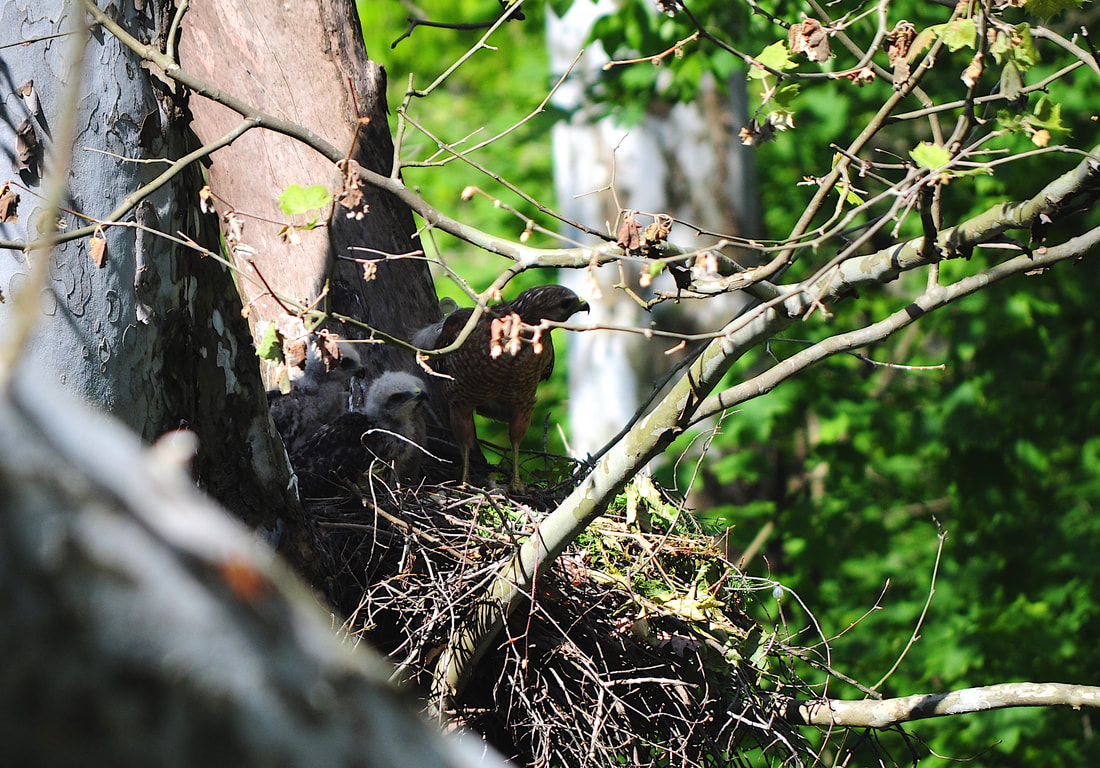
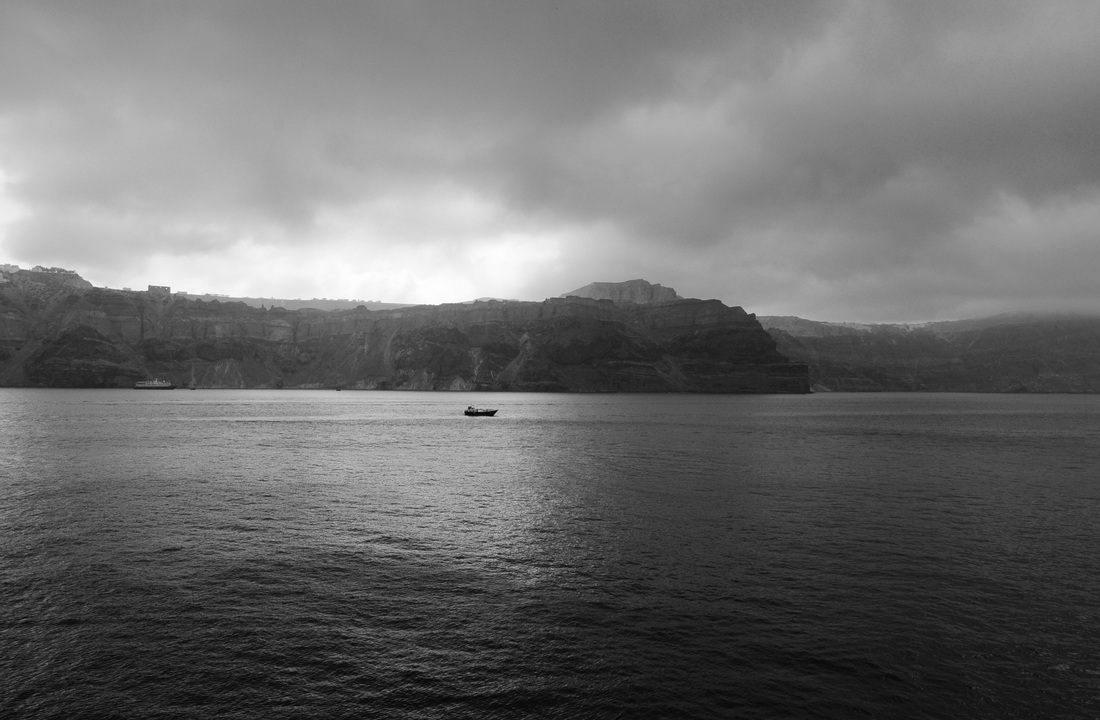
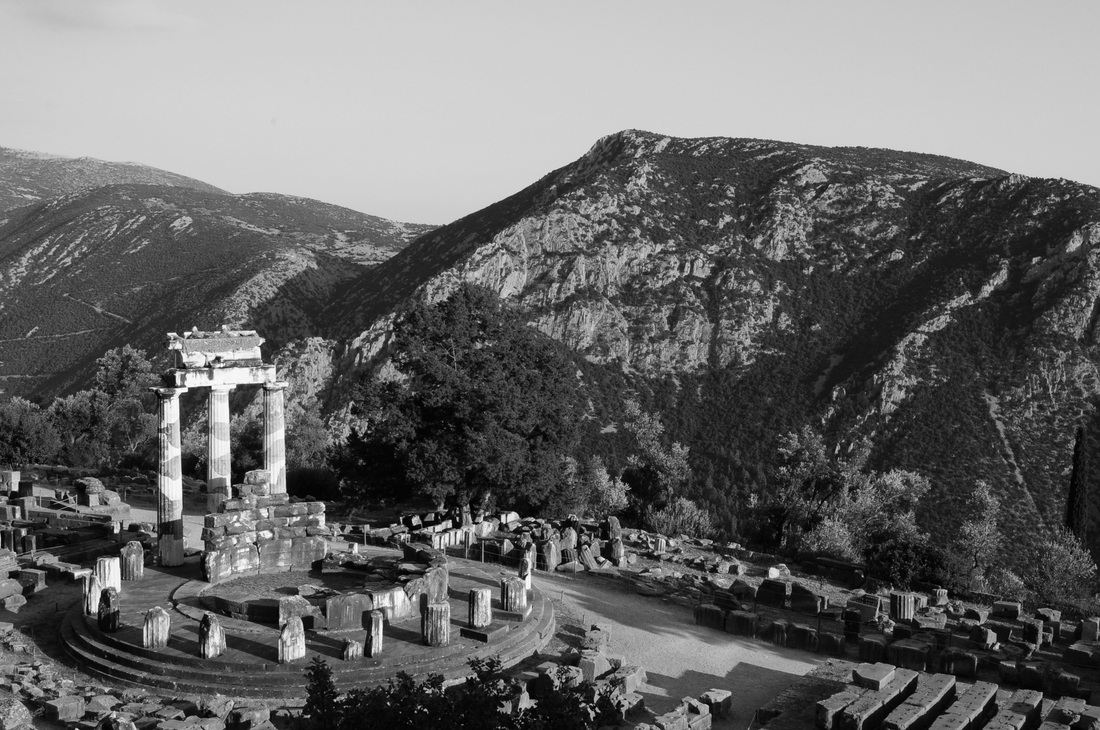
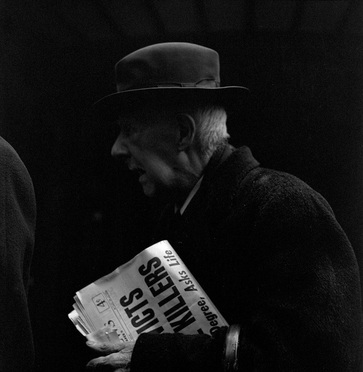
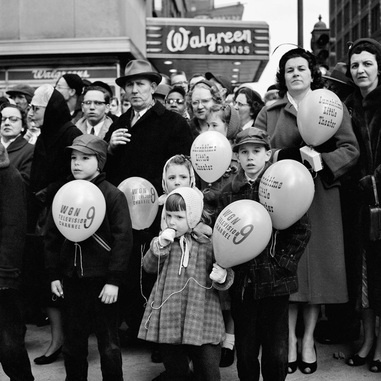
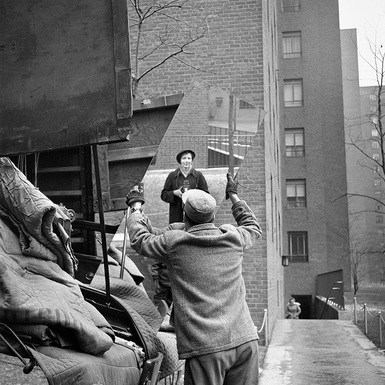
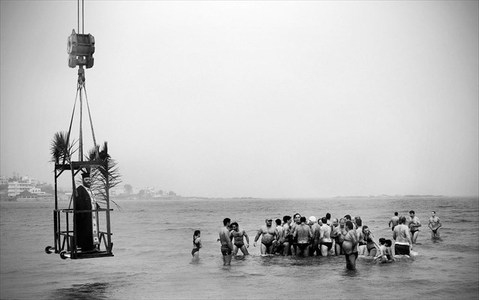
 RSS Feed
RSS Feed